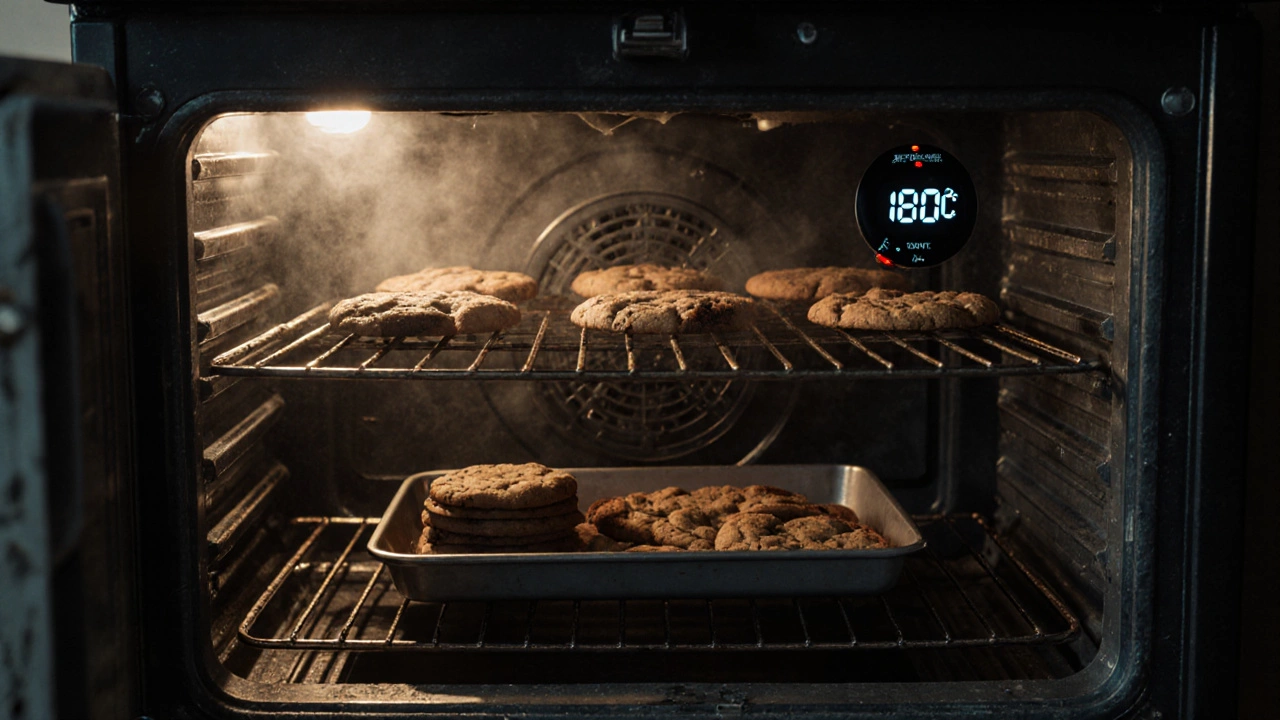Electric Oven Problems: Quick Guide to Identify & Fix Common Issues
If your oven is acting up, you’re not alone. Most homeowners face at least one hiccup – a oven that won’t heat, temperature that’s off, or a display that’s dead. The good news is many of these glitches have easy fixes you can try before ringing up a technician.
Why Your Oven Might Not Heat
The most common reason an electric oven won’t heat is a faulty heating element. Over time the element can crack or develop a break, which stops it from glowing when you set the temperature. A quick visual check for visible breaks or burn marks can tell you if it’s the culprit. If the element looks fine, the next suspect is the oven’s thermostat. A thermostat that’s misreading temperature will shut off the element early, leaving you with a lukewarm dish.
When the Oven Won’t Turn On at All
First, make sure the oven is actually getting power. Plug another appliance into the same outlet or test the outlet with a voltage tester. If the socket is dead, check the circuit breaker – a tripped breaker is a common oversight. If power is good, the oven’s main control board might be the problem. Burning smells, scorch marks, or a flickering display usually point to a control board issue, which typically needs a professional’s touch.
Another easy check is the oven’s door latch. Many models won’t start if the door isn’t fully closed or the latch sensor is stuck. Open and close the door a few times, listening for a click. If the latch feels loose, you might need to tighten a screw or replace a small sensor.
Temperature swings are frustrating, especially when you’re trying to bake a cake. Often the culprit is a malfunctioning temperature sensor (also called a thermistor). This tiny part sits near the oven cavity and sends temperature data to the control board. If it’s dirty or faulty, the oven can overheat or stay too cool. Wiping away any grime with a soft cloth and checking for obvious damage can solve the problem.
If you’re seeing error codes on the screen, don’t ignore them. Most ovens have a built‑in trouble‑code guide in the user manual. A quick lookup can tell you whether the code means a simple sensor issue or a more serious wiring problem.
When you’ve tried the basic checks and the oven still misbehaves, it’s time to think about safety. Electric ovens involve high voltage and hot components, so if you’re not comfortable opening the back panel, call a qualified electrician or a local repair service. Professional technicians have the tools to test continuity on heating elements and replace control boards safely.
Regular maintenance can prevent many of these headaches. Wipe down the interior after each use to stop food debris from building up on the heating element. Keep the oven door gasket clean and free of crumbs, because a dirty gasket can cause the door not to seal properly, leading to heat loss.
In Glastonbury, we see a lot of preventable oven issues simply because owners skip the yearly clean‑out. Schedule a quick 15‑minute self‑check before the busy holiday cooking season: look at the element, test the door latch, and verify the outlet works. A little extra attention now saves you a costly repair later.
If you’ve narrowed down the problem but still feel stuck, our team at Glastonbury Appliance Repair Services can help. We specialize in electric oven diagnostics, have the right parts on hand, and can get your oven back to full heat in no time. Give us a call for a fast, reliable fix.

How Do I Know When My Oven Needs to Be Replaced?
Learn the key signs your electric oven needs replacing-uneven heating, rising bills, strange smells, and more. Save money, energy, and avoid safety risks by knowing when to replace instead of repair.

Electric Oven Broken? Spot the Signs Before It Gets Worse
Wondering whether your electric oven is on the fritz or just being stubborn? This article unpacks key signs your oven is broken, from weird noises to uneven cooking and confusing error codes. Get clear, practical tips on what to check first and when to call in help. You'll learn simple tricks to test your appliance at home—no special skills needed. Stop guessing and avoid bigger kitchen headaches by catching trouble early.